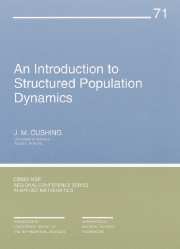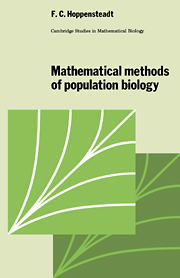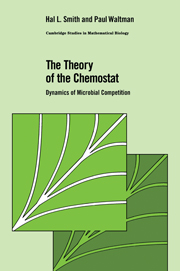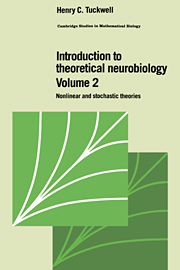An Introduction to Structured Population Dynamics
Interest in the temporal fluctuations of biological populations can be traced to the dawn of civilization. How can mathematics be used to gain an understanding of population dynamics? This monograph introduces the theory of structured population dynamics and its applications, focusing on the asymptotic dynamics of deterministic models. This theory bridges the gap between the characteristics of individual organisms in a population and the dynamics of the total population as a whole. In this monograph, many applications that illustrate both the theory and a wide variety of biological issues are given, along with an interdisciplinary case study that illustrates the connection of models with the data and the experimental documentation of model predictions. The author also discusses the use of discrete and continuous models and presents a general modeling theory for structured population dynamics.
Product details
September 1998Paperback
9780898714173
200 pages
250 × 179 × 15 mm
0.37kg
This item is not supplied by Cambridge University Press in your region. Please contact Soc for Industrial & Applied Mathematics for availability.
Table of Contents
- Preface
- 1. Discrete Models. Matrix Models
- Autonomous Single Species Models
- Some Applications
- A Case Study
- Multispecies Interactions
- 2. Continuous Models. Age-Structured Models
- Autonomous Age-Structured Models
- Some Applications
- Multispecies Interactions
- Other Structured Models
- 3. Population Level Dynamics. Ergodicity and Nonlinear Models
- The Linear Chain Trick
- Hierarchical Models
- Total Population Size in Age-Structured Models
- Appendix A. Stability Theory for Maps. Linear Maps
- Linearization of Maps
- Appendix B. Bifurcation Theorems. A Global Bifurcation Theorem
- Local Parameterization
- Appendix C. Miscellaneous Proofs. Bibliography. Index.






